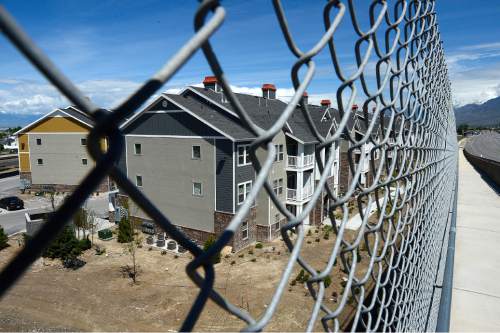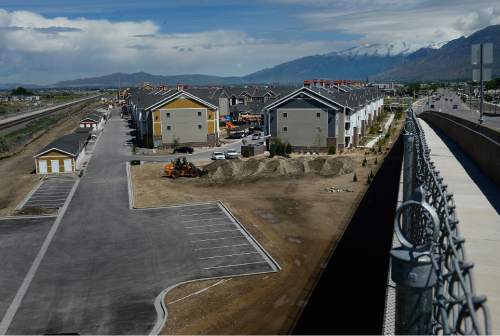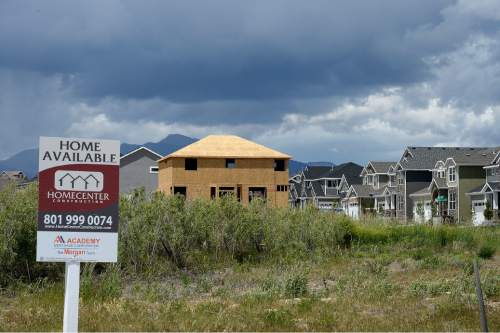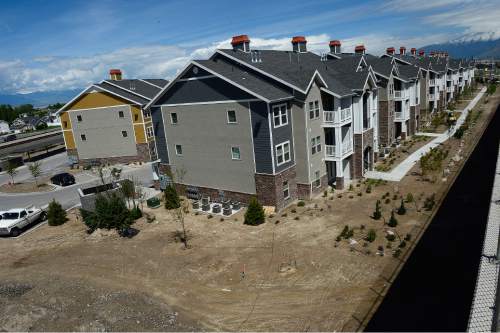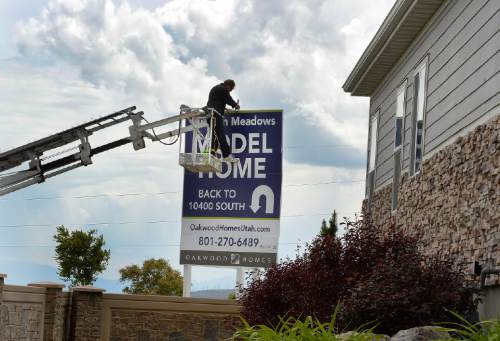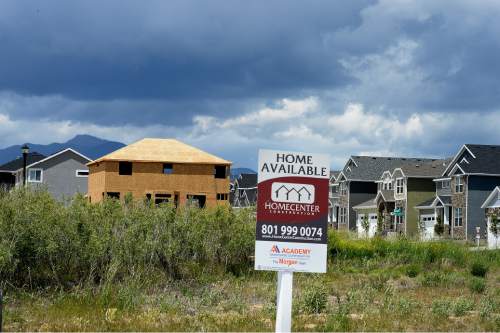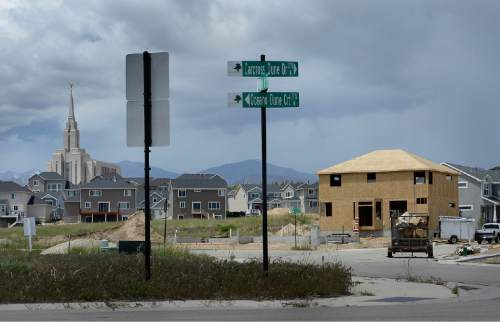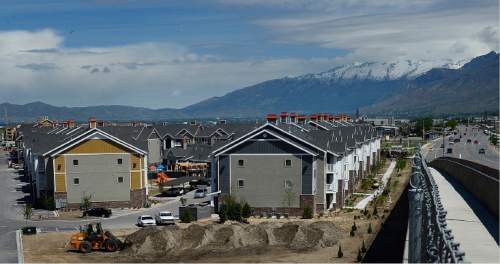This is an archived article that was published on sltrib.com in 2015, and information in the article may be outdated. It is provided only for personal research purposes and may not be reprinted.
Utah's population grew by 6.08 percent since the last full U.S. census count in 2010, to 2,942,902 residents in 2014.
The United States as a whole expanded by 3.1 percent during the same period. The country's population is currently at 320.9 million, about 2.03 million above where it was July 4, 2014.
Utah's 6.08 percent gain made it the fourth fastest-growing state so far this decade, behind North Dakota (9.7 percent), Texas (6.8 percent) and Colorado (6.09 percent).
The District of Columbia also was a top growth area, with an 8.9 percent surge in population.
Every state added population in that four-year period, except for West Virginia, which lost 3,850 residents between 2010 and 2014.
Utah now ranks as the nation's 33rd-largest state, sandwiched between Arkansas (2.97 million) and Kansas (2.90 million).
And for those keeping score, Utah accounted for 0.92 percent of the nation's total population in 2014. By comparison, California is 12.2 percent of the total, Texas is 8.5 percent, and Florida and New York are both about 6.2 percent of the whole country.
Thirty states are now at 3 million residents or above. At its recent average year-to-year growth rate of 1.5 percent, the Beehive State should officially reach 3 million in population sometime in 2016.
—
Growing Vineyard • Utah's fastest-growing community is Vineyard in Utah County, a once-tiny town being transformed by a huge master-planned development at the reclaimed site of Geneva Steel.
Vineyard mushroomed from 143 to 691 residents between 2010 and 2014, a 383 percent change.
Officials estimate Vineyard could reach 27,000 in a few years as the 1,700-acre development in its midst continues to add housing, stores, offices, factories, a sizable Utah Valley University satellite campus and a new town center.
—
It's the economy • Nearly all of Utah's fastest-growing cities and towns appear to be caught up in one of two major regional economic trends.
The first is the expansion of technology-related employment and population growth in south Salt Lake County and north Utah County, an area referred to by some as Utah's Silicon Slopes.
Ground zero in that corridor — Saratoga Springs, Bluffdale and Herriman — were Utah's second, third and fourth fastest-growing cities between 2010 and 2014, with population spurts of 35.1 percent, 29.9 percent and 27 percent, respectively. South Jordan was the eighth fastest-growing, at 22.5 percent, followed by Elk Ridge at 22.3 percent.
The top five cities for population increases in terms of raw numbers were South Jordan, Lehi, West Jordan, Saratoga Springs and Herriman. Between them, these five communities added 38,870 residents. South Jordan alone swelled by 11,528.
Utah's other major economic trend affecting population: an oil-and-gas boom in the Uinta Basin.
The basin communities of Ballard, Naples and Vernal all landed among the state's most rapidly growing municipalities.
Uintah and Duchesne counties, which between them cover most of the Uinta Basin, landed among the state's top five fastest-growing counties, with 2010-2014 gains of 13.1 percent and 9.5 percent, respectively. (Census numbers do not reflect the first 4½ months of 2015, when the months-long decline in oil prices whittled away some of the previous population growth.)
—
Winners, losers • Of 244 Utah cities and towns counted in the latest U.S. Census, 182 gained population so far this decade, while 62 lost residents or stayed the same. The only community whose population decline reached triple digits was Price. The Carbon County city gave up 367 people between 2010 and 2014, for a 4.2 percent loss.
Of the state's 29 counties, seven lost population, all of them relatively small and rural: Sevier, Wayne, Beaver, Garfield, Emery, Carbon and Piute.
The biggest population gainers thus far: Salt Lake County (58,800), Utah County (41,405), Davis County (21,913), Washington County (13,542) and Weber County (8,357).
—
A tale of cities • Rankings for Utah's top 10 largest cities did not change between 2010 and 2014, with one exception. Taylorsville held the No. 10 spot between 2010 and last year, when South Jordan grew larger and took its place.
South Jordan's Daybreak-fed population now exceeds Taylorsville's by 2,348 residents.
In terms of momentum, South Jordan saw steady growth between 2010 and 2014, while Taylorsville slowed and the city actually lost 166 residents from 2013 to 2014.
On the list of top 20 Utah communities by size, Lehi beat out Logan in 2011 as the state's 12th largest city. Lehi was at 56,275 residents as of last year, about 7,278 more than Logan.
Draper pushed Bountiful out of the 15th spot in 2011 and has held the position since. Draper now has 46,202 residents, compared with Bountiful's 43,385.
Of the 244 Utah cities and towns, three have populations below 100: Brian Head (86), Ophir (48) and Scofield (23). —
Top-10 most-populous cities
1 • Salt Lake City (190,884)
2 • West Valley City (134,495)
3 • Provo (114,801)
4 • West Jordan (110,920)
5 • Orem (91,781)
6 • Sandy (91,148)
7 • Ogden (84,316)
8 • St. George (78,505)
9 • Layton (72,231)
10 • South Jordan (62,781)
Source: U.S. Census through 2014.



